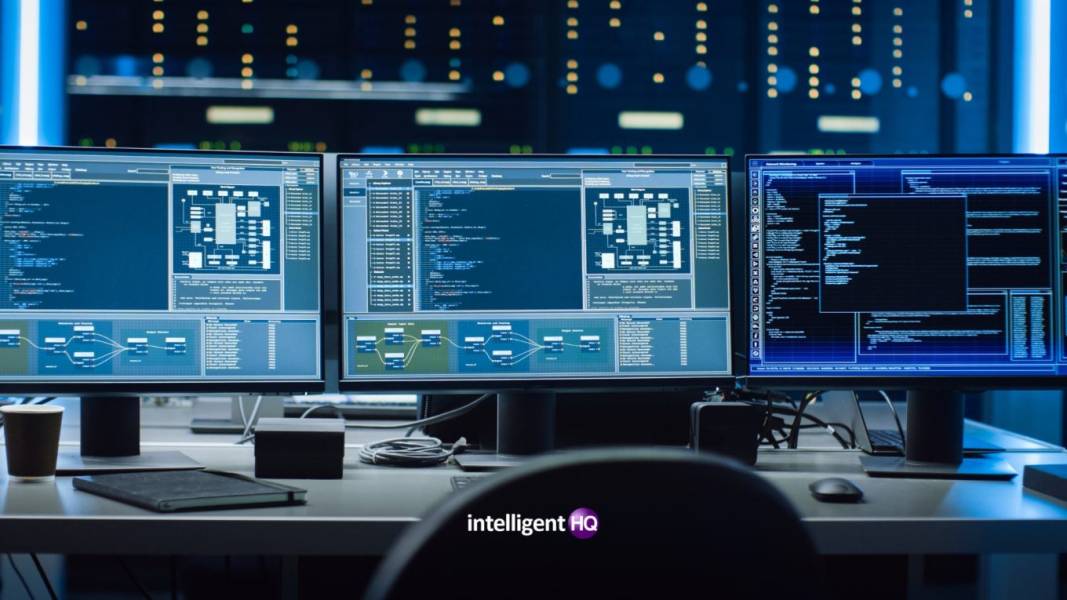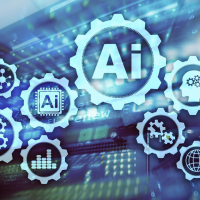
In the current industrial landscape, owners and managers are worried about the future of their businesses. With the ever-changing market conditions, they are uncertain as to what will happen in the next few years.
In 2023, there will be great potential for industrial solutions to improve and transform businesses. However, many industry owners are not sure how to go about achieving this goal. They need to know what kinds of solutions are out there and how they can be used to make their businesses run better and make more money. In this article, we will discuss the current state of industrial solutions and how they can be improved for a brighter future.
How Improving the Monitoring and Control System Can Help Industries in 2023
In the near future, industries will need to focus on making decisions based on data and optimizing their processes. To do this, they need a good system for keeping track of and controlling what’s going on. This system should be able to give accurate information about how well the processes are running.
Synthetic monitoring is one way of improving the monitoring and control system. With this technology, businesses can keep an eye on their systems in real time and find any strange things that happen. This will let them fix the problem right away, so they don’t have to pay for costly downtime or production problems.
Improving the monitoring and control system can also help industries make better decisions based on data. If they have access to accurate information about their processes, they can make decisions that will improve their processes and save money.
How to Implement an Effective Monitoring and Control System for Your Industrial Solution
For digital transformation to happen, you must set up a good monitoring and control system for your industrial automation solution. It can help you identify areas for improvement, ensure safety, and optimize operations.
With the help of machine learning algorithms, you can create a system that will be able to monitor and control your industrial automation solutions in real-time. This will help you find problems quickly and fix them before they get worse. In this article, we will provide some tips and a list of best practices on how to implement an effective monitoring and control system for your industrial automation solution.
The Benefits of a Smart Factory with Automated Monitoring & Control Systems
Smart factories are the future of manufacturing and automation. With the help of advanced control systems, these factories can achieve a level of efficiency that was previously unimaginable. Automated monitoring and control systems give information about production processes in real time, which makes it possible to do maintenance ahead of time and keep an eye on how things are running. This makes sure that maintenance is only done when it’s needed. This cuts down on downtime and makes things run more smoothly overall. Also, these systems can be used to keep an eye on how machines are working so that any problems can be found before they get too big. In a smart factory, manufacturers can cut costs while increasing productivity and quality by using automated monitoring and control systems.
What Are the Challenges Faced When Implementing an Improved Monitoring and Control System?
Any business can find it hard to put in place a better monitoring and control system. To make sure the system is set up correctly, it needs to be carefully planned, costs need to be taken into account, and skilled people are needed. Additionally, businesses must consider scalability issues and the potential need for additional BPO services or document capture partners in order to ensure that their improved monitoring and control system meets their needs. Furthermore, businesses must also consider the lack of skilled personnel available to manage the system, which could lead to costly mistakes during implementation.
Such systems are often complex and require significant resources to deploy, maintain, and scale. When putting these systems in place, companies must think about how they can grow, how much they will cost, and if they have enough skilled workers. Additionally, there are a variety of other factors that need to be taken into account, such as security concerns, compatibility with existing systems, data privacy regulations, user experience design considerations, etc. In this article, we will look at some of the challenges faced when implementing an improved monitoring and control system.
What technologies are available to improve industrial solutions in 2023?
As industries continue to modernize and change to meet the needs of their customers, better industrial solutions are more important than ever. Companies can become more efficient and productive by using technologies like machine learning algorithms and advanced analytics tools.
Machine learning algorithms can be used to improve the efficiency of a process by showing where changes could be made to make it work better. Organizations can also make better decisions based on data-driven insights with the help of advanced analytics tools. By leveraging these technologies, companies can maximize their output while minimizing the costs associated with production.
In 2023, businesses will be able to use a wide range of technologies to improve their industrial solutions. With the right combination of machine learning algorithms and advanced analytics tools, organizations will be able to optimize their processes and make better decisions that are based on data-driven insights.
Read More:
how to get rid of snapchat ai a step by step guide?
how does an emergency action plan benefit your workplace?

Founder Dinis Guarda
IntelligentHQ Your New Business Network.
IntelligentHQ is a Business network and an expert source for finance, capital markets and intelligence for thousands of global business professionals, startups, and companies.
We exist at the point of intersection between technology, social media, finance and innovation.
IntelligentHQ leverages innovation and scale of social digital technology, analytics, news, and distribution to create an unparalleled, full digital medium and social business networks spectrum.
IntelligentHQ is working hard, to become a trusted, and indispensable source of business news and analytics, within financial services and its associated supply chains and ecosystems










